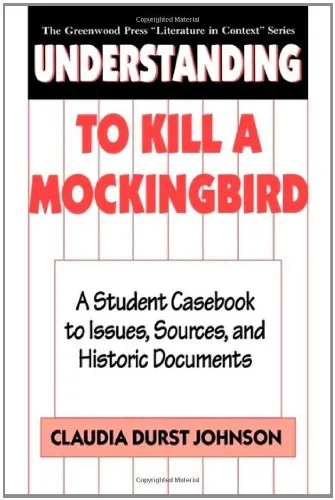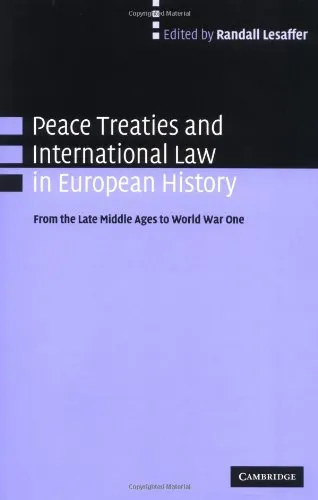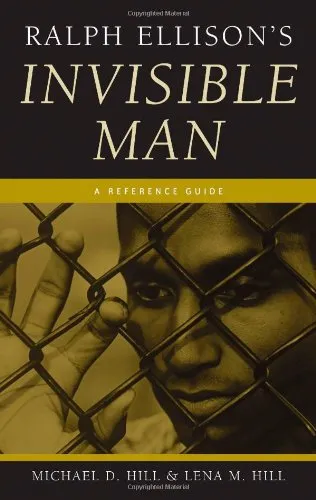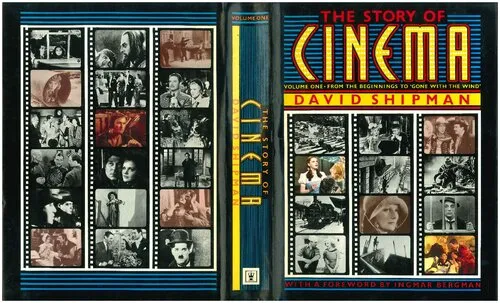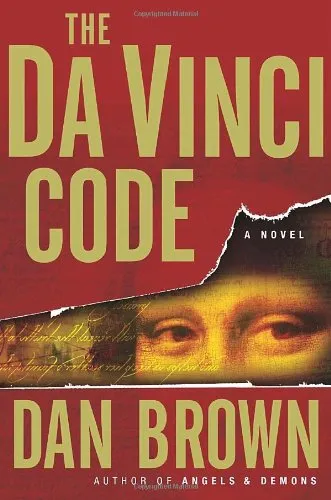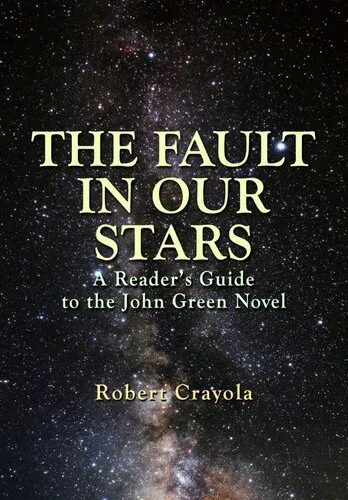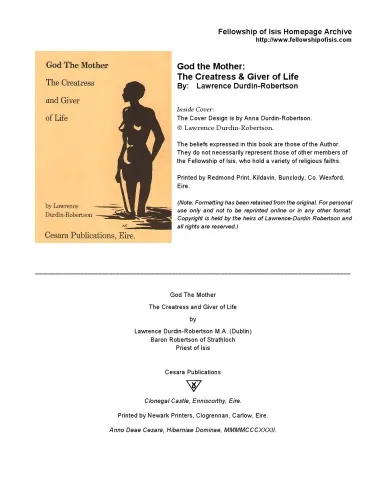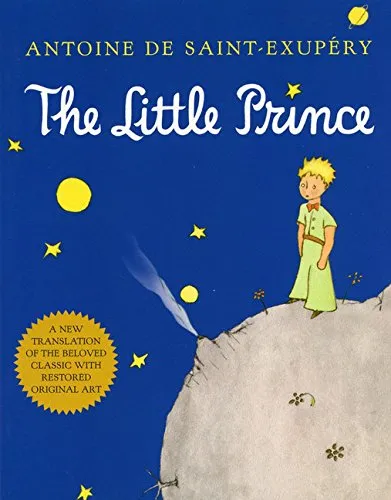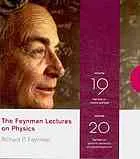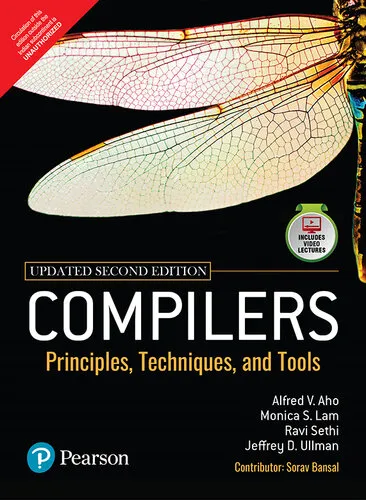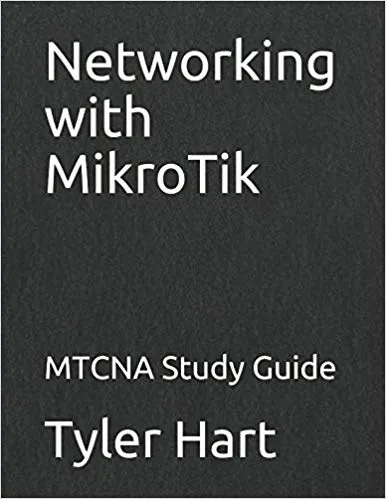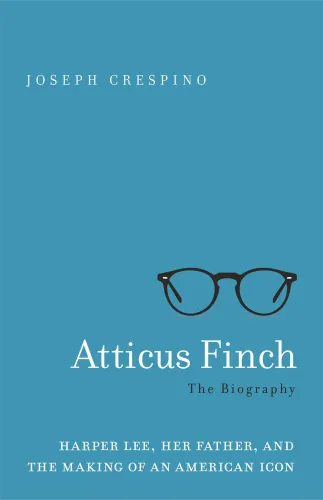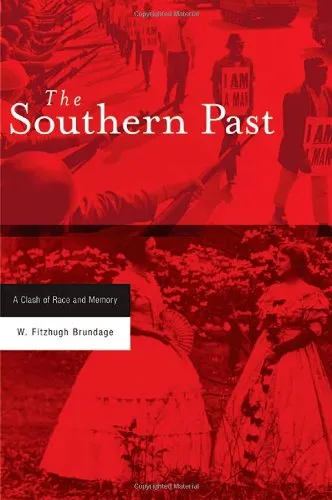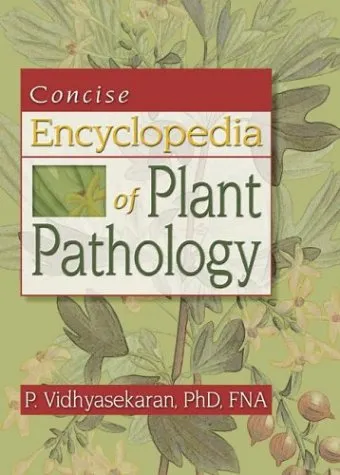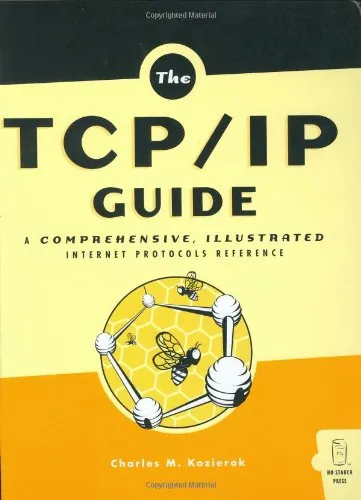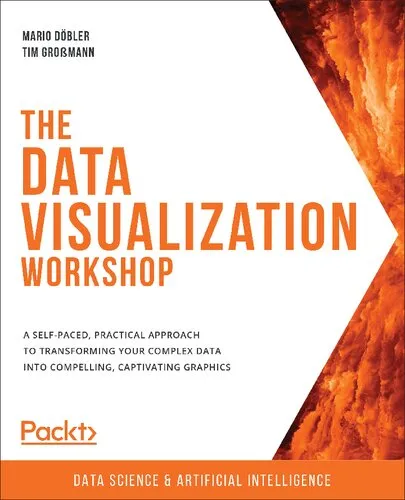Understanding To Kill a Mockingbird: A Student Casebook to Issues, Sources, and Historic Documents (The Greenwood Press ''Literature in Context'' Series)
5.0
Reviews from our users

You Can Ask your questions from this book's AI after Login
Each download or ask from book AI costs 2 points. To earn more free points, please visit the Points Guide Page and complete some valuable actions.Related Refrences:
Introduction to Understanding To Kill a Mockingbird: A Student Casebook
"Understanding To Kill a Mockingbird: A Student Casebook to Issues, Sources, and Historic Documents" serves as an essential companion to one of America's most cherished novels. Designed for students and educators, this casebook deepens readers' appreciation for and understanding of Harper Lee's "To Kill a Mockingbird." By intertwining historical context with the novel's profound themes, the book offers a multifaceted approach to exploring complex topics such as racial injustice, moral growth, and empathy. The Greenwood Press’s “Literature in Context” series meticulously curates content to enrich readers' perspectives, making it a perfect resource for academic purposes.
Detailed Summary of the Book
At its core, the "Student Casebook" provides readers with a gateway to the rich tapestry of historical events, societal challenges, and ethical dilemmas reflected in "To Kill a Mockingbird." This comprehensive guide includes an array of primary documents, historical narratives, and critical essays that are vital for a thorough comprehension of the novel's backdrop in the 1930s American South. Through various thematic sections, readers are introduced to the legal, racial, and social intricacies of the era, allowing them to grasp the complexities of the characters and the society in which they exist.
By examining sources as varied as trial transcripts, news articles, and social commentaries, the casebook provides a panoramic view of the prejudices and injustices depicted in Lee’s narrative. This context aids learners in understanding not just the plot and characters, but the underlying social fabric that influences events in Maycomb, Alabama. In doing so, it establishes a direct link between history and literature, demonstrating how fiction can reflect and critique real-world issues.
Key Takeaways
- Understanding the historical and social context of the 1930s is imperative to grasp the themes of the novel.
- The book delves into the origins and impact of racial prejudice, a central theme in Lee’s work.
- Comprehending the legal practices and biases of the time aids in appreciating the novel's courtroom drama and its implications on the characters’ lives.
- Empowerment through education and knowledge is a persistent theme, mirrored in the structure of this casebook itself.
- By exploring ethical dilemmas presented in the book, readers can engage with moral questions still relevant today.
Famous Quotes from the Book
"You never really understand a person until you consider things from his point of view… Until you climb inside of his skin and walk around in it."
"The one thing that doesn't abide by majority rule is a person's conscience."
While these are just a few of the notable quotes discussed in the casebook, they encapsulate the book's thematic concerns with empathy, justice, and individual morality.
Why This Book Matters
Harper Lee's "To Kill a Mockingbird" has been hailed as a seminal work that offers profound insights into the human condition and societal constructs. The "Student Casebook" not only complements the novel by providing essential background and context but also serves as a critical educational tool that broadens analytical perspectives. At a time when racial and social issues remain ever-pertinent, this book empowers readers to draw connections between historical injustices and contemporary discussions on race and justice.
For students, educators, and readers who earnestly seek deep engagement with Lee's narrative, this casebook is invaluable. It transcends mere academic study by encouraging readers to ponder relevant social ethics and to cultivate a heightened sense of awareness and empathy. Additionally, by exploring primary sources alongside literary analysis, it fosters critical thinking and a nuanced appreciation for literature as a mirror to society.
In summary, Claudia Durst Johnson's "Understanding To Kill a Mockingbird: A Student Casebook" is more than a supplemental text; it's a critical resource that enhances our grasp of literature in its historical context and fortifies our understanding of the narrative’s enduring significance.
Free Direct Download
You Can Download this book after Login
Accessing books through legal platforms and public libraries not only supports the rights of authors and publishers but also contributes to the sustainability of reading culture. Before downloading, please take a moment to consider these options.
Find this book on other platforms:
WorldCat helps you find books in libraries worldwide.
See ratings, reviews, and discussions on Goodreads.
Find and buy rare or used books on AbeBooks.
1538
بازدید5.0
امتیاز0
نظر98%
رضایتReviews:
5.0
Based on 0 users review
Questions & Answers
Ask questions about this book or help others by answering
No questions yet. Be the first to ask!
